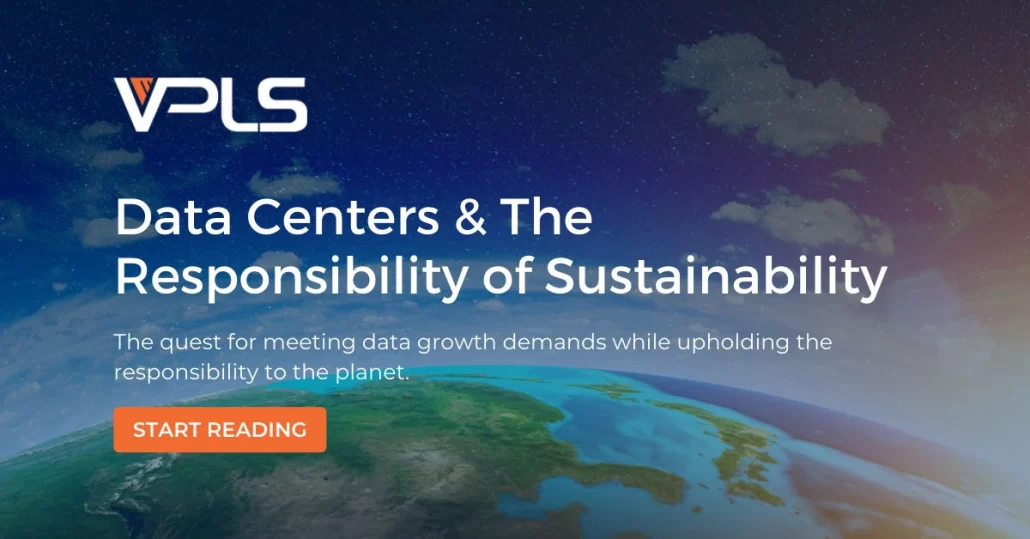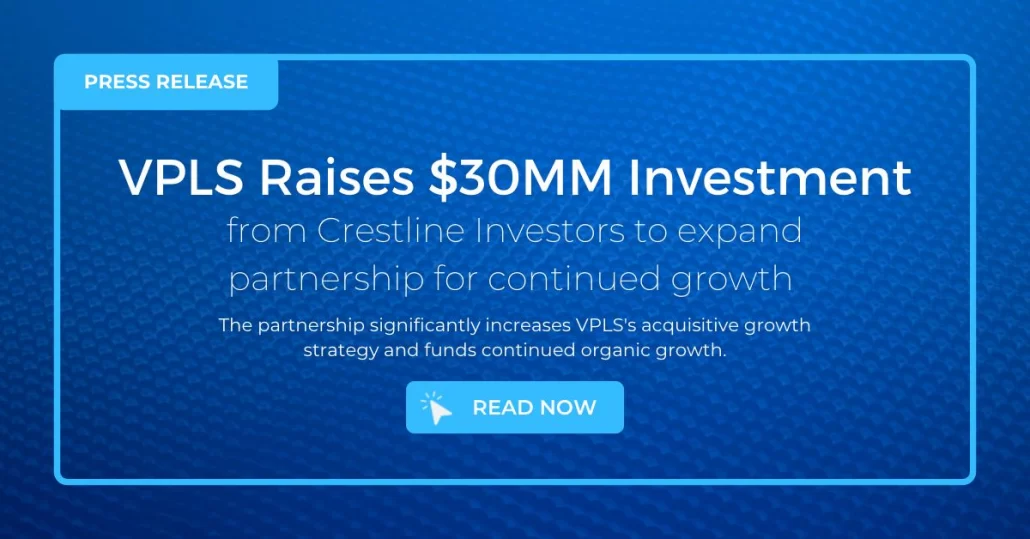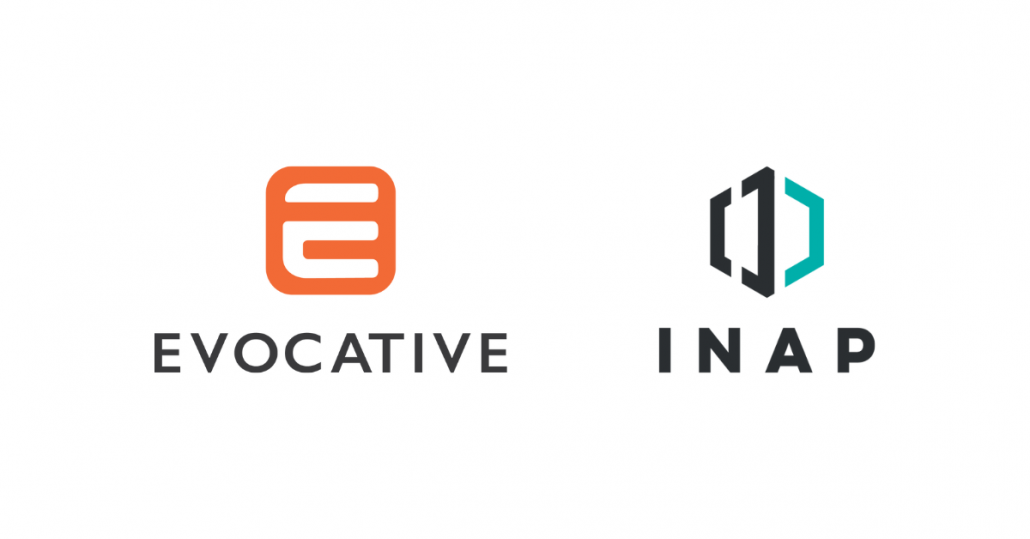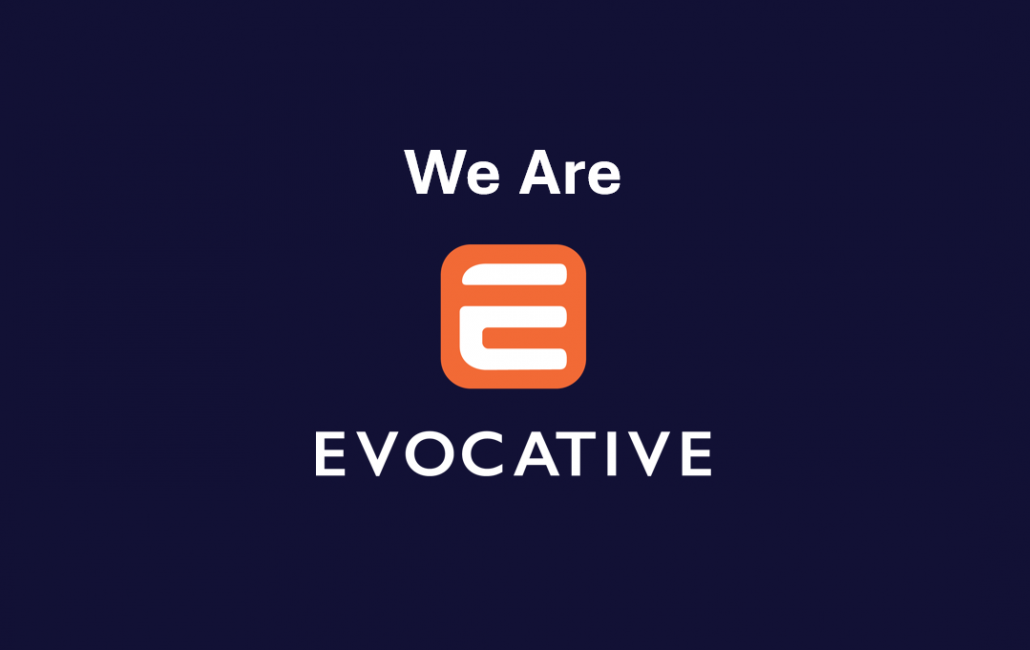Data Centers & The Responsibility of Sustainability
Published
Written by
Filed under
In fact, data centers are becoming more efficient, thanks to advances in technology and better management practices. In 2019, VPLS shifted towards greener energy solutions in our Northern California data centers with the installation of airside economization units in our Emeryville facility, and the installation of high-efficiency precision cooling systems in our San Jose data center. As a result of these upgrades, VPLS was able to achieve a PUE of 1.25 in Emeryville and 1.29 in San Jose (the industry average being 1.5 or greater), reducing the overall carbon footprint by over 1,800 metric tons that year. And we’re not alone—across the industry, data centers are finding new ways to save energy and minimize their impact on the environment.
Today’s data centers are built with energy-efficient components and use innovative cooling systems to reduce their energy consumption. At VPLS, we are committed to continuing to invest in energy-efficient solutions. Our data centers PHX1 (Phoenix, Arizona) and DAL1 (Plano, Texas) use 85% less water and energy than the industry average. VPLS’s focus is to shift away from water-based cooling solutions while improving our efficiencies to reduce our impact on the environment.
Data centers may not have started off keeping energy efficiency and sustainability top of mind. But that makes it that much more important for the data center engineers of today to assume the responsibility of keeping up with improvements, upgrading infrastructures, and ensuring that their facilities function in unison with the planet as well as public demand for fast and reliable data. Improvements like those of VPLS’s Northern California data centers can go a long way if all data centers work towards reaching the goal of sustainability.
In addition, VPLS’ data centers are located in areas with high renewable energy potential, so we are able to take advantage of clean energy sources. We also emphasize purchasing power from renewable resources. Our commitment to minimizing the carbon footprint while delivering fast, secure, and reliable service to our customers, proves that sacrificing quality for sustainability is not necessary.
If you enjoyed this article, you'll probably like:





